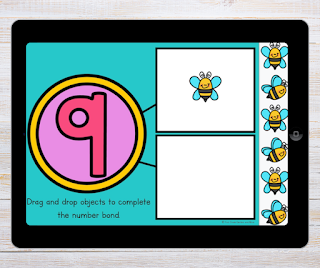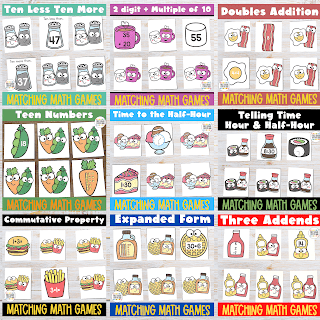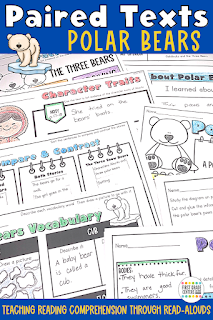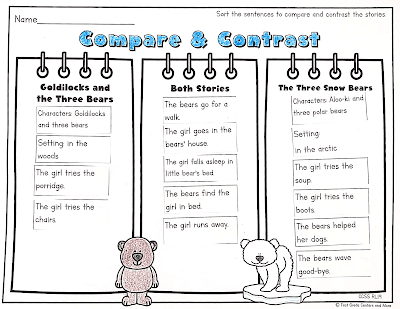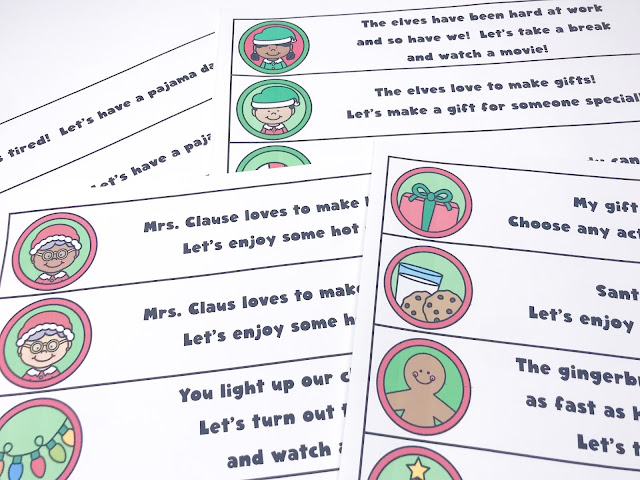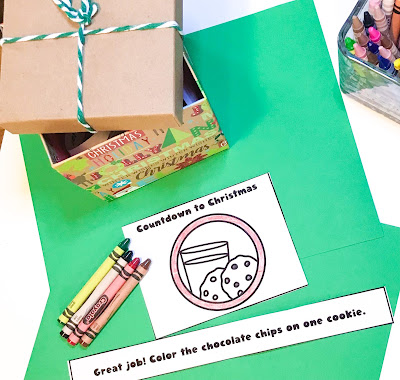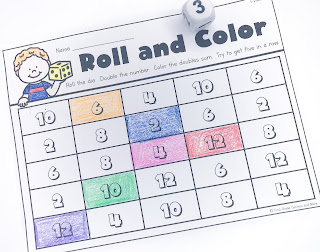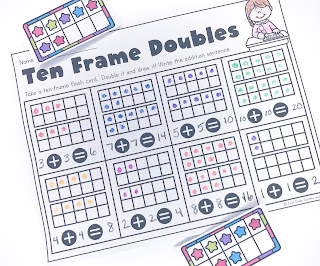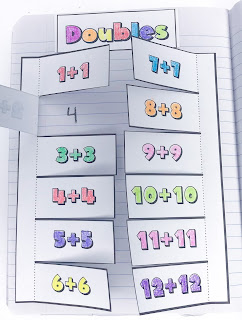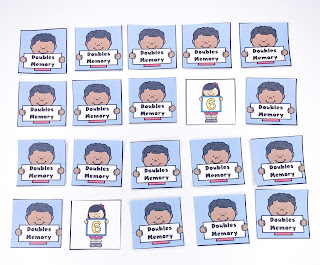Six Tips for Successful First Grade Math Centers
Polar Bears Reading Comprehension
Polar Bears Reading Comprehension {and Freebie}
Using paired fiction and nonfiction texts is a great way to learn about polar bears because there are SO many opportunities for teaching your core English Language Arts Standards.
I paired the read-aloud books The Snowy Day by Jan Brett and National Geographic Kids: Polar Bears by Laura Marsh for this resource.
You can check out my other Winter Paired Text set here.
The Three Snow Bears is wonderful for teaching the skills of sequencing key details, studying characters and their traits, comparing and contrasting texts with Goldilocks and the Three Bears, and opinion writing.
The nonfiction text about polar bears provides opportunities to teach finding key details, close studying the text feature of a diagram, learning how glossaries work, and writing informative pieces.
Informative Standards
Literature Standards
Christmas Countdown: A Fun Way to Keep Your Students Learning!
How to Create a Christmas Countdown Punchboard:
Glue the circle pictures to the top of green tissue paper and then rubber band the paper around the cups. Be sure the reward slip and the top picture match!Now the board can be displayed and your students can start earning the rewards! There is a different reward for each cup- enough for at least 12 days.Work on one reward cup at a time. Each student receives their own page to color in with the matching picture. When the whole-class exhibits great behavior, they all earn a coloring clue!
- listening carefully to teacher directions
- working without distractions
- walking quietly in the hallway
- lining up quickly and appropriately
Doubles Facts in Math: Addition Fluency Strategy
Doubles Facts in Math
Increasing students' fact fluency is an important goal in first grade! For a small group of students memorizing addition and subtraction facts comes easy. But most kids need a considerable amount of time and practice in order to become fluent with addition and subtraction facts to ten. Today, I want to share some ideas for helping students to practice doubles facts. Doubles are a great place to start for increasing fact fluency and is also a precursor to learning the "doubles +1" strategy.
Dice Games
Kids love using dice! If you haven't already, start collecting a wide assortment of dice: big, small, dots, numbers, different colors, dice within a dice, 6-sided, and specialty dice. Changing the dice is an easy way to add novelty to your math activities.





